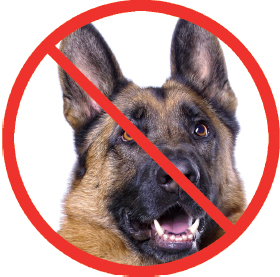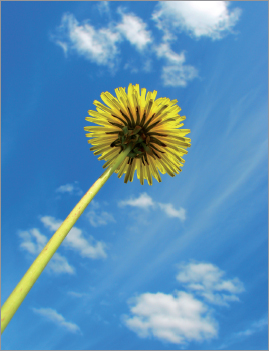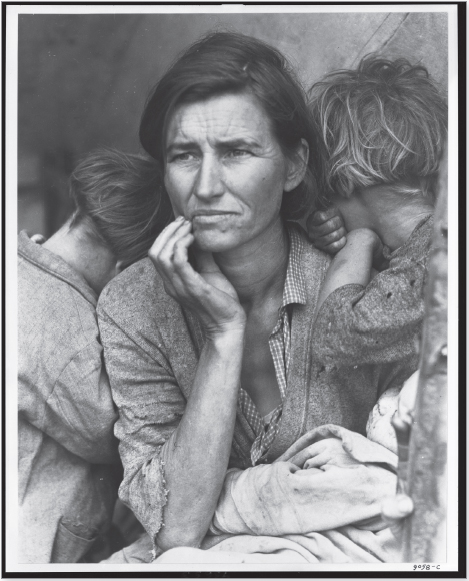MM4-b: Features: Context, perspective, and elements of the image
As you analyze an image, think about the context in which it appears. In other words, what surrounds the image? Is it an illustration in a book, a photo in a magazine, a warning in a building or vehicle, a painting in a gallery? How is the image presented? Do you have time to look at it, or do you need to absorb its meaning quickly? Does it need to be interesting, or straightforward? Should it make you want to buy something, find out more about something, or avoid something?
Think about images in product instructions. Because consumers usually want the assembly or use of a product to be as simple as possible, instructions typically use basic or generic images to illustrate steps, tips, or cautions. It can be difficult, however, to convey a clear message with a simple illustration.
In a technical writing course, students were asked to select a set of product instructions and choose one image from the instructions to analyze. Working with a one-page instruction sheet that came with an electric blanket he had recently purchased, Arman Chavva focused on the image of a dog’s head with a circle and slash drawn over it.

The image I chose to analyze in this set of instructions appeared in a list titled “Instructions for Use.” The image was next to item #17, “Do not use with pets.”
I chose this image because it is ineffective. The image shows a specific breed of dog, so a literal translation might be “no German shepherds.” “No German shepherds” does not mean the same thing as “Do not use with pets.”
The technical writer who created the instructions was right in using the circle and slash, which in most cultures means “NO” or “DO NOT.” However, the writer probably should have used a more general image to send the message of “pets.” A photograph of a specific breed of dog doesn’t send a general message. Instead, the author could have used simple shapes or clip art of a bird, a cat, and a dog, with the circle and slash over the shapes. The simple shapes would make users think of animals in general rather than one particular animal or one particular breed of animal.
In addition to thinking about the context of an image, you’ll want to consider its perspective. All images present a point of view.
The extreme low-angle shot of a dandelion in Figure 4-2 challenges our notions of this summertime weed. The photographer has shot the dandelion from underneath—from the point of view of the grass or the earth—and has made it look majestic rather than mundane.
It’s often helpful to think about perspective and elements of an image together. These are often referred to collectively as the composition of the image. If the image you’re analyzing is a photograph of a man, you should ask yourself whether the man appears close up or far away. Is his whole body in view, or is only part of him visible? Are you viewing him head-on, from the side, from above, or from below? What about other elements in the photo? Is the man in front of, behind, or surrounded by anything? How do the perspective and the elements affect your impression of the man in the picture? For example, if the perspective makes it seem as though you’re viewing him from above and perhaps through a door frame, he may appear powerless or even trapped.
Consider, for example, the well-known photograph Migrant Mother, taken by Dorothea Lange in 1936 (Figure 4-3). The woman looks slightly to the side of the camera; her eyes don’t meet the viewer’s gaze. Her expression might be troubled, but she doesn’t look to the viewer (or the photographer) for help. She is surrounded by her children, whose faces are turned from the camera and buried in her arms. It is also worth noting what’s not in the photo. We don’t see a father or any other adults. These absences lead us to believe that this woman cares for these children alone.

